Dalhousie is a hill resort town in the Chamba District of Himachal Pradesh in India at 6400 feet altitude above sea level. The modest tinsel town Dalhousie concealed in the lap of Himachal Pradesh is a heaven for every traveler. It has a touch of old buildings, entrancing natural scene, pine-clad valleys, blossom valleys, beautiful waterways, great shadowy mountains and probably the most fabulous panoramas on the planet. The buildings here are prime examples of the Scottish and Victorian engineering and the feeling helps you to remember the immaculate British flavors.
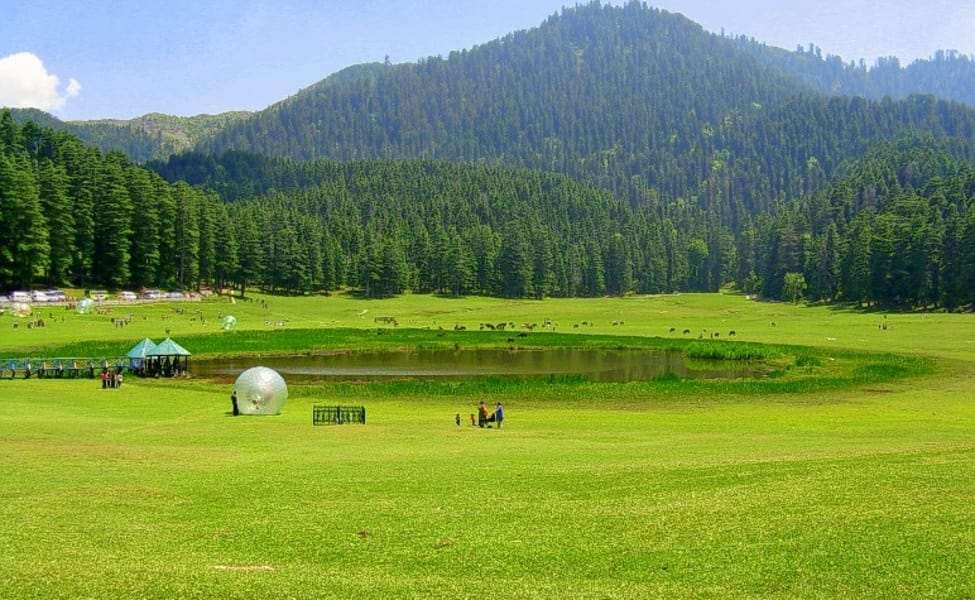
Dalhousie is a quiet hill station with little nightlife, most appropriate for individuals who need to de-stress, who like the tranquil, peaceful climate, and for honeymooners, perfect for long strolls picnics and treks. It isn’t suggested for individuals who need discos, shopping centers, and multiplexes. While there is bounty to do, see and experience, Dalhousie oozes an old-world appeal and it nearly appears as though it hasn’t exactly made up for lost time with the remainder of the world.
History
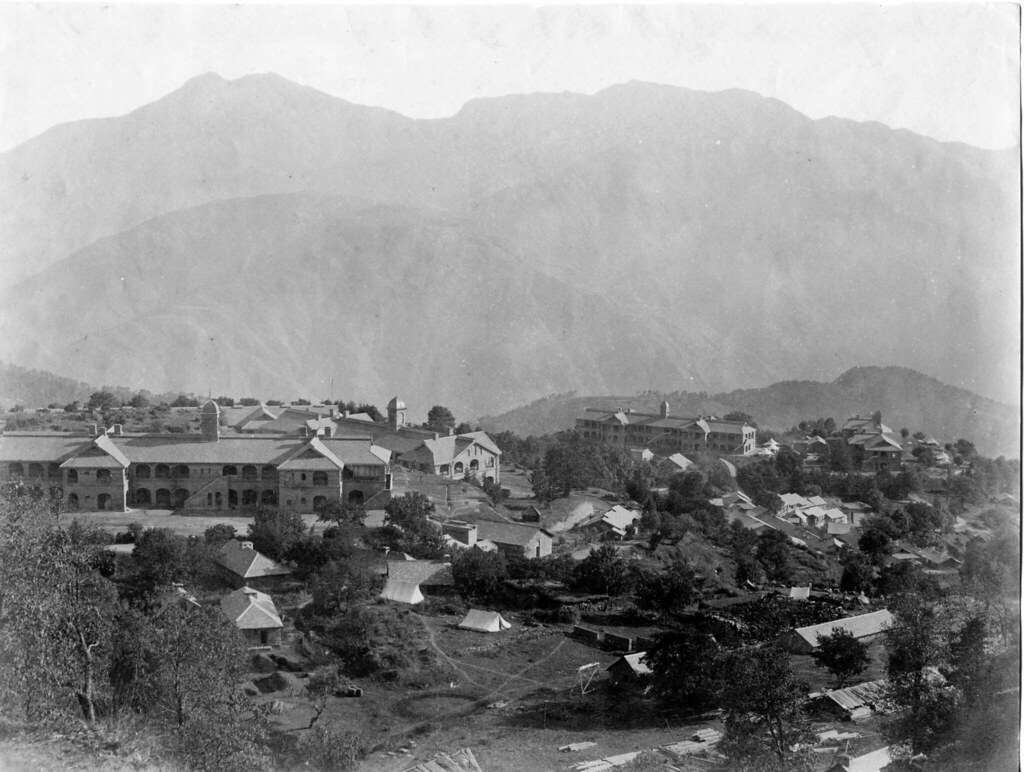
Ruler Dalhousie established the town in 1854 because of its crisp and serene climate and solid surroundings charmed him. The British captured five slopes — Kathalagh, Potreyn, Terah (presently called Moti Tibba by local people), Bakrota and Bhangora — from the leader of the Chamba State for building up the zone as a retreat. The venture began with Lt. Col. Napier, at that point Chief Engineer of Punjab; (‘after that Lord Napier of Magdala”). Dr. Clemenger of the 49th Native infantry did the studying. In 1851 a spot where the Dayan Kund Ridge (presently Dain Kund) breaks into news and was chosen for the task.
The British visited this spot for their late spring get-aways, and the cottages are in an English style. The cutting edge town is arranged among the five slopes, confronting the Pir Panjal scope of snow-topped and perfect mountains, encompassed by thick woods of pine and deodar trees.
Center of attraction’s
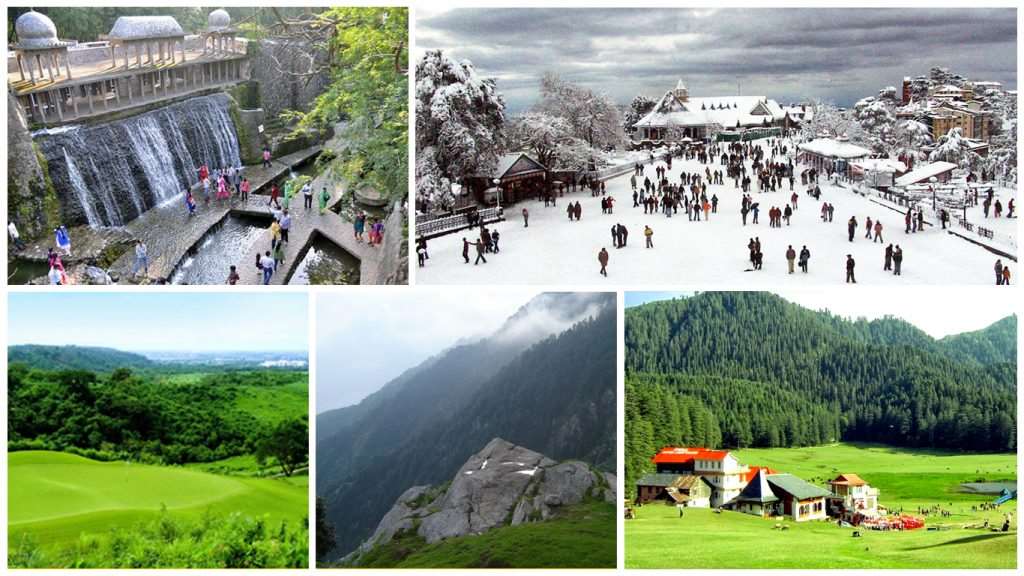
Ahla Water Tank. The main and biggest water tank in the region, holding 100,000 gallons.
Chamba. It is a noteworthy area town situated a little far from Dalhousie and is the capital of the previous regal State of Chamba. It has various attractions including a noteworthy gallery, eateries, and so on.
The church at Subhash Chowk in Dalhousie Church. It is by the mail station and police post in G.P.O.
Dainkund Walk. A delicate, inclining stroll close to an Air Force base in Dalhousie, prompting a Hindu sanctuary.
Ganji Pahadi Walk. It is called Ganji Pahadi (Ganji means uncovered, pahadi means slope) because there are no trees on the top of the slope and it would appear that it has a bare fix at the top. It is a long walk in any direction and takes around 60 minutes, yet very lovely.
Kala Tope Rest House It’s on route to Khajjiar at the toll barrier for Kala Tope, a street to one side prompts the administration rest house, a decent tranquil spot and an incredible spot for an outing. The 3-km course through thick pine woods from Lakkadmandi to Kala Tope is thrilling. No vehicles are permitted on the course.
Kalatop Khajjiar Sanctuary. Kalatop Sanctuary was perceived as a national park on 1 July 1949. It lies among Dalhousie and Chamba at the northwestern point of Daula Dhar. Dalhousie-Chamba Road contains around 15 towns. In 1982-1983, there was a sum of 1766 individuals living inside the asylum. This preserve covers a zone of 3,069 hectares. Its height fluctuates from 1185 meters to 2768 meters (3910 ft-9134 ft.) The territory is steep and normal of the Outer Himalayas. It is depleted by a few tributaries of the Ravi River which lies just toward the north. There is a lake at Khajjiar. The temperature shifts from – 10°C to 35°C. The mean precipitation is 2,648 mm, one-fourth falls as snow. Khajjiar, Kalatop, Dain Kund, Lakarmandi, and Bara Pathar are the vacation destinations in this asylum. From Gandhi Chowk, a precarious, tough walk will take you to the picturesque Bakrota Circle. In the wake of strolling around 2 kilometers, the way to this haven begins close to the Municipal Water Reservoir. Kalatop is at an elevation of 2440 meters, and it is 8.5 kilometers from the GPO. This is an ideal spot for an end of the week retreat. The all-round scenes on the Pir Panjal Range and farmland are stunning.
Khajjiar. A dazzling valley with a spring in the center, while being very wonderful, it gets covered with junk in the pinnacle period of July when an enormous number of sightseers come. Known as the ‘Switzerland of India’ for the meadowy view.
Subhash Chowk. This is the spot (chowk implies convergence) where the street from the transport stand makes a cross street between two streets to G.P.O. what’s more, the one rolling in from the transport stand. It is likewise a genuinely dynamic market, second to G.P.O.
Upper Bakrota. The most noteworthy zone in Dalhousie, it has various estates, a private school, and an Army military enclosure at the top. The zone is covered by a street called Bakrota Walk, while in transit to Khajjiar which finishes at Alah Water Tank. It was the favored goal of the landed upper class of Punjab during the Raj, presently populated by comparative occupants from the new India. A portion of the houses merit seeing, yet are for the most part on private gated homes.
Way to reach Dalhousie
There are many ways by which you can reach here. But the most preferred one is by air. It takes a lot less time and will save you from exhaustion from the journey. But we are listing all the means that will really help you to plan your journey and hence making it a smoother travel experience.
Reaching Dalhousie by train
The outing to Dalhousie is a long one if you are going from Delhi. It, for the most part, includes taking a passenger train to Pathankot (around 10 hr) and after that a 2–3 hr drive from Pathankot to Dalhousie. The choices for medium-term trains are Delhi-Pathankot or Delhi-Chakki Bank train. Chakki Bank is just 4 km far from Pathankot which gives you the delight of being on a train at the ideal time (around 21:00) and being in Chakki Bank in the morning (06:30).
Reaching Dalhousie by road
There are successive bus transport administrations from Pathankot to Dalhousie, which cost ₹70, just as one transport multi-day from Delhi. A taxi from Pathankot costs between ₹800 (informal) to ₹1,350 (official taxi).
There are also local buses to Kangra, Dharamsala (07:15, ₹155), Khajjiar and Chamba. For example, a local bus from Kangra to Dalhousie will cost only ₹150/- per ticket and will give some best scenic views on the way. You will also get a chance to interact with local people on the way who are nice. Seeing villages having merely 5-10 houses in the middle of the mountains is a good experience.
Reaching Dalhousie by air
- Sri Guru Ram Dass Jee International Airport. 5 hours away by bus.
- Jammu Airport. 180 km (110 mi) away. There are regular flights from Jammu to Delhi and many other destinations.
- Pathankot Airport. 75 km (47 mi) away, with one flight from Delhi to Pathankot and back. However, in the case of fog, it gets canceled.
Getting around
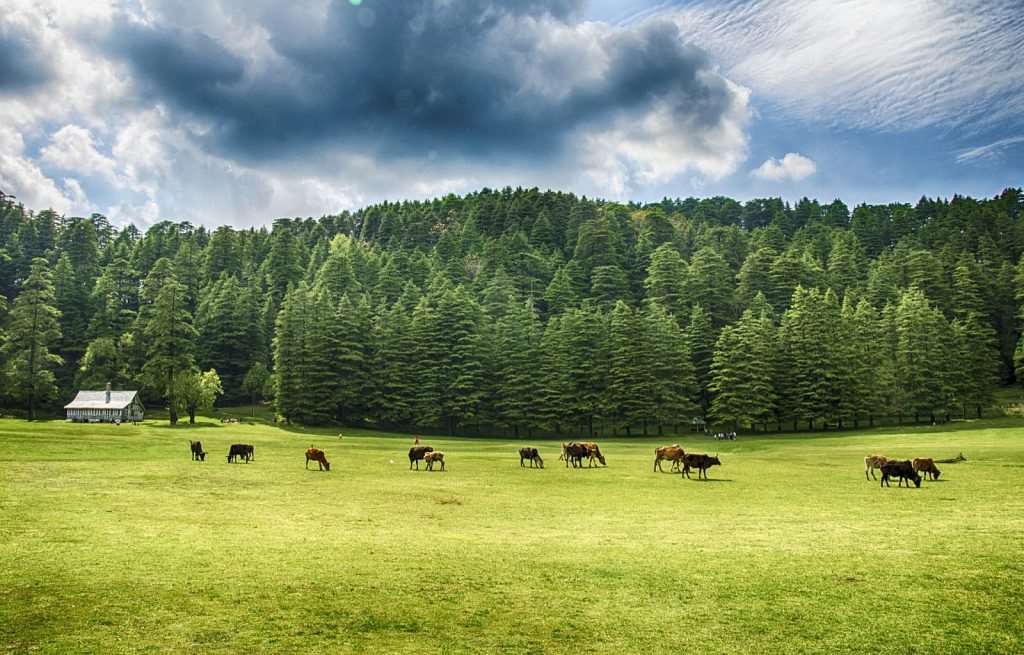
The best movement in Dalhousie is close by the three-level shopping centers which were laid in the mid-1860s for promenades, carriages, ponies, dandies, and so forth these streets and the more extreme by-paths which interface them to the transport stand are as yet the main means of transport of the town. The shopping centers around Moti Tibba and Potreyn slopes are the most prevalent with travelers as the two are level and the vast majority of the business movement and lodgings are around them. Gandhi Chowk, Upper bazaar. Subhash Chowk, the Catholic church of St Frances, Sadar bazaar and the Convent established by an Order of Belgium nuns and their Sacred Heart School are on these two shopping centers. Dalhousie’s third and most astounding shopping center was worked around the upper Bakrota slope about a 1,000 feet over the G.P.O. (Gandhi Chowk). This shopping center was the most loved of Dr. Hutchison: “of these Upper Bakrota shopping center is best and the longest being completely 3 miles round and from its broad perspectives are acquired of the low slopes and figure of eight stroll on the two shopping centers surrounding Moti Tibba and Potreyn slopes is wonderful and famous among neighborhood individuals and vacationers.
As Shimla discovers its concentration in the shopping center, in Dalhousie activity floats at night to the G.P.O. which displays an uproar of hues and action. At times it even winds up hard to flood ahead without shaking and elbowing. A large portion of the great diners and workmanship emporiums, hotels and the ever-appealing Tibetan market are all around the G.P.O. There are a library and a perusing room at the G.P.O. for the comfort of the vacationers.
The principal method of a vehicle is a vehicle or cruiser; it can get freezing at night so a vehicle is suggested. Horse rides are accessible in G.P.O. furthermore, Khajjiar, however, this is, for the most part, a recreational movement as opposed to a utilitarian one. The horses are called khachkars (donkeys), goes among steeds and jackasses: don’t anticipate pure blood ponies! Strolling around Dalhousie is a decent alternative, however, to see Khajjiar and Chamba you should utilize some sort of vehicle. Taxicabs to these goals are effectively accessible from the primary market.
Climate
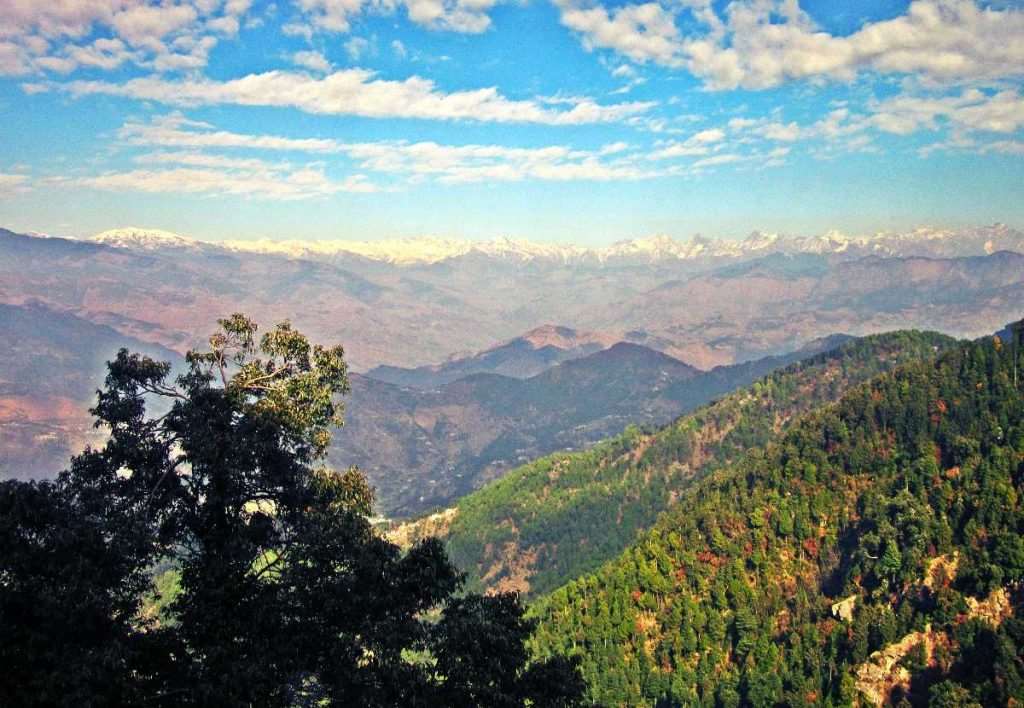
Dalhousie with its optimal climatic conditions makes it one of the few spots which might be visited throughout the year. In any case, the best time to visit Dalhousie is from the period of March-June. The snow starts to dissolve in the long periods of March and April and its splendor can be seen when the beams of sun hit the snow-topped mountains and fields. The climate stays exceptionally charming during this period, you can encounter the chills in March and April and the temperature starts to ascend in the long stretch of June. The mid-year months experience a decent climate all through, accordingly making it an ideal goal for nature buffs. Storms are likewise very wonderful here since the moderate precipitation does not make any burden your arrangements. Winters in Dalhousie are ideal for outside exercises.
Accommodation
There are different hotels accessible. Kindly book your room ahead of time in July; it additionally enquires about the condition and offices accessible in the hotel. Visitor houses and a few houses are accessible on lease. The houses are progressively costly yet better kept up and increasingly sumptuous. Hotels vary in costs: the more costly ones have better perspectives and more services offered; one can view to discover the sort of settlement required. The price range for these varies from 400 to 10,000 in INR. The resort prices are higher as compared to hotels, as they go up to 10,000 INR.
To conclude
Dalhousie is known for its beautiful scenes which appear to have hopped out ideal from a fantasy. The brilliant green fields of land, the evergreen excellence of mountains hung in snow and the serenity in the earth, aggregates up to give you an ideal escape in the lap of the Himalayas. The winters in Dalhousie are significantly additionally captivating when the entire of Dalhousie is canvassed in the white cover of snow. Each piece of snow tries to please most brilliant when the beams of the sun hit the earth. So visit this place once, to get along nature’s masterpiece.
Thank you for reading my post. You can leave comments below as your feedback is very essential for me to improve my post and its clarity.

